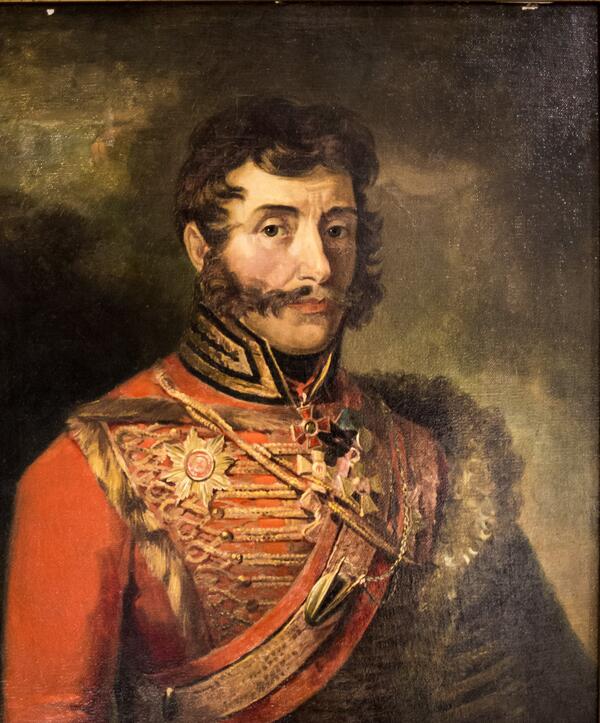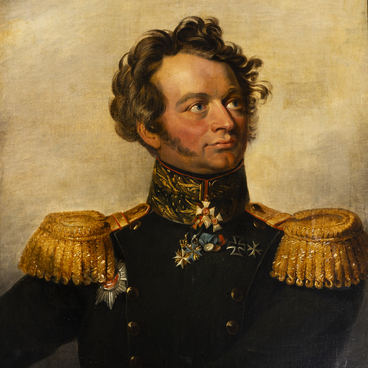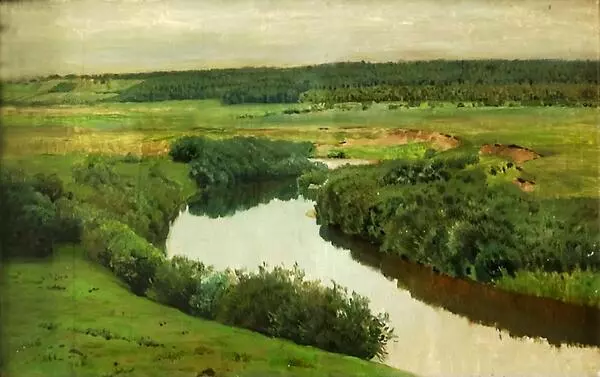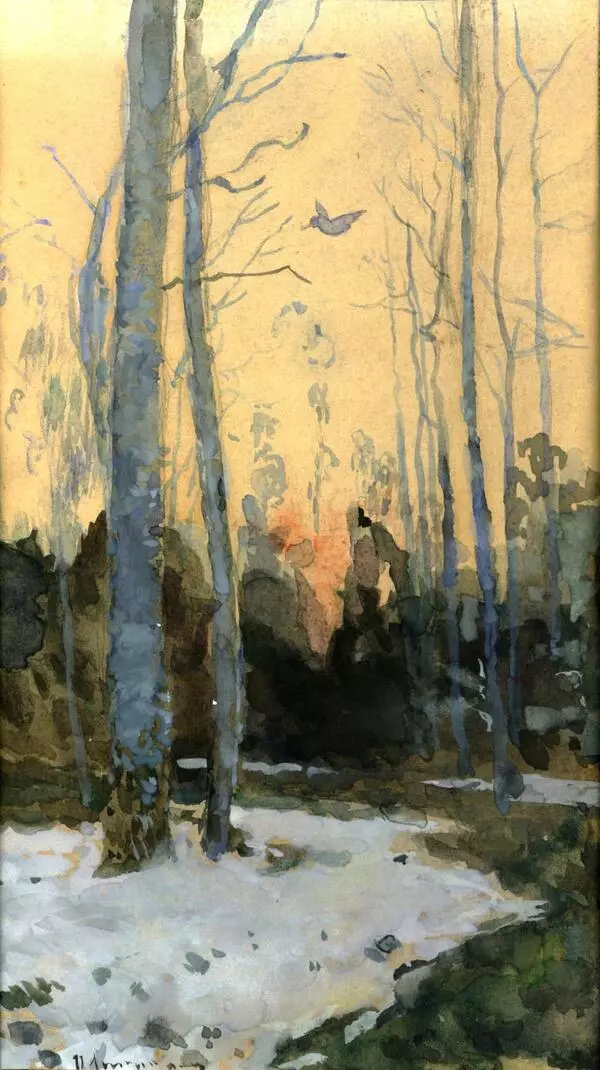Ivan Semyonovich Dorokhov was a nobleman and son of a second major. From 1783 he studied in the Artillery and Engineering Cadet Corps. He was listed in the Chernigov Infantry, Voronezh Hussar, and Phanagoria Grenadier regiments.
During the Russo-Turkish War, he distinguished himself in the Battle of Fokschani. After that he participated in the Polish Campaign of 1794. In 1798, Ivan Dorokhov was promoted to colonel and transferred to the Life Guards Hussar Regiment.
Under Emperor Paul I, he retired and was made a collegiate councilor. When Emperor Alexander I ascended to the throne, he returned to military service. In 1802 he became commander of the Sumy Hussar Regiment, the following year he received the rank of major general and was appointed chief of the Izyum Hussar Regiment.
Ivan Dorokhov was awarded the Order of St. George 3rd class for his efforts in Pultusk. At the beginning of the Patriotic War of 1812, he commanded the vanguard of the 4th Infantry Corps of the 1st Western Army. Subsequently, in August, Dorokhov was appointed head of the cavalry of the rearguard of the united Russian armies.
He distinguished himself in the Battle of Valutino and covered the withdrawal of the Russian armies. During the Battle of Borodino, he commanded four cavalry regiments. In the afternoon, he participated in the cavalry battles behind the Raevsky redoubt. After the Battle of Borodino, Ivan Dorokhov was promoted to lieutenant general.
In the 1820s, a portrait of Ivan Dorokhov by the English artist George Dawe was placed in the Military Gallery of the Winter Palace. Dorokhov is depicted in a dolman and a pelisse of the Izyum Hussar Regiment, which he led in 1812. He wears a star and ribbon of the Order of St. Anna, 1st class, as well as a star and a badge of the Order of St. Vladimir, 2nd class, a badge of the Order of St. George, 3rd class, a gold cross “For the Capture of Prague”, a silver medal “In memory of the Patriotic War” and a badge of the Order of the Red Eagle (Prussia).
The general died of a grave wound long before Dawe began working on the gallery. Hence, when creating the portrait, the artist probably used an engraving by Francesco Vendramini as a reference. The reproduction displayed in the Borodino Museum-Reserve was made in 1956 by Anatoly Kozlinsky.




